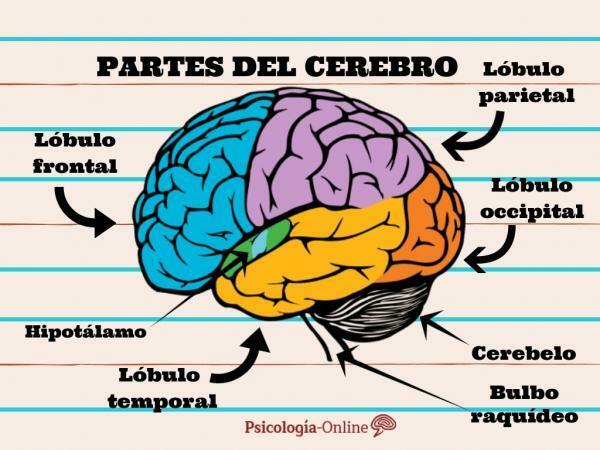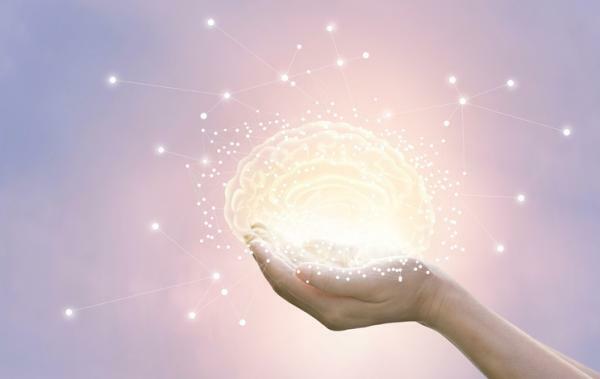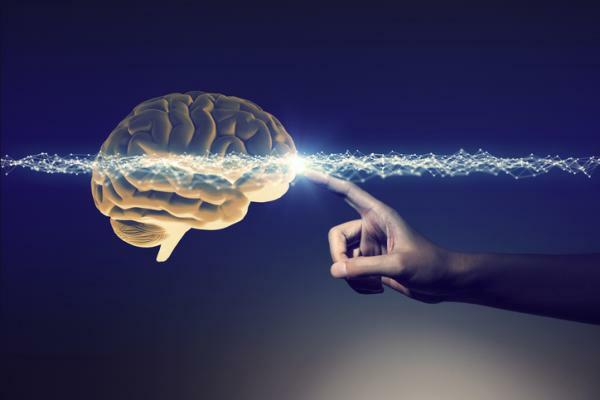
The human being obtains information from the world around him through the senses. Sight, hearing, taste, smell and touch allow us to obtain information about the environment. Thus we can detect dangers, hear an alarm that can alert us, detect that a food is not well preserved through taste and / or smell, feel the softness of some fabrics, enjoy music, the smell of flowers in spring, observe a painting exhibition, etc.
Sometimes, the sense organs are in perfect condition, but the information from the environment does not reach our brain correctly. One of the examples is asterognosia, an alteration that affects touch. In this Psychology-Online article, we talk about asterognosia: what is it, symptoms, causes and treatment.
Index
- Perception and agnosia
- What is astereognosia
- Symptoms of astereognosia
- Causes of astereognosia
- Treatment of astereognosia
Perception and agnosia.
The information from the environment reaches our senses and stimulates them. Beyond the sensation, our system perceives the stimuli. What does it mean to perceive?
Agnosia is the term with which we refer to the pathology of perception and consists of the inability to recognize stimuli and attribute meaning to them. Agnosias can be classified based on the sensory system that is affected. In this article, we tell you what the types of agnosias that exist.
What is astereognosia.
Sterognosia consists of the ability to recognize objects by touch. If we ask a person to close their eyes and give them an object, this person will be able to recognize the object simply by touching it.
The meaning of astereognosia was initially described by Wernicke in 1885. It constitutes a perceptual pathology and refers to the inability to recognize objects through touch without the intervention of other perceptual modalities such as vision or hearing. Portellano, J.A.[1] defines astereognosia as inability to recognize physical qualities such as weight or size through touch and in the absence of hypoesthesia.
Types of astereognosia
There are different types of astereognosia. Specifically, this alteration can be primary or secondary:
- Primary asterognosia: caused by lesions in the primary somesthetic areas. It would, therefore, be a sensory disorder.
- Secondary asterognosia or asymbolia: it would constitute the perceptual pathology itself. His sensory capacity is perfectly preserved and the failure occurs when attributing a meaning to the stimulus.
Symptoms of astereognosia.
Astereognosia is not a diagnostic category. It is a perceptual failure that can appear as a consequence of brain injuries in specific areas and, therefore, would constitute a symptom in itself.
What are we going to see in a person with astereognosia? Think of situations in which you must recognize objects by touch, such as when you search your bag, backpack or pockets for a specific object, such as keys. So that a person with astereognosia knows if what he has taken are the keys should be guided by other perceptual modalities: move the object and check if it sounds like the keys or take everything out of your pocket and help yourself with your vision.
Causes of astereognosia.
The lesions occurring in the associative somesthetic cortex they would be behind the appearance of astereognosia. The somesthetic cortex is located in the parietal lobe and it is in this where the processing takes place tactile sensations, in addition to others such as proprioceptive, nocioceptive or thermoalgesic. It is also related to the discrimination of touch, pain, temperature and kinesthetic sensitivity.
In order to better identify it, in this article, you will see the parts and functions of the cerebral cortex.
Treatment of astereognosia.
Treatment of this type of agnosia will be determined by neuropsychological evaluation prior to the professional. Depending on the results obtained, an individual intervention strategy adapted to the case will be established. We must bear in mind that it is possible that, derived from the injury of certain areas, they may appear other difficulties, so the treatment must respond to each of the alterations that the patient presents. patient.
In general, the treatment of asterognosia will be aimed at cognitive rehabilitation through three strategies:
- Retraining of impaired function: consists of the recovery of total or partial function through direct training of the ability to recognize objects by touch. The professional will assess the degree to which function can regain.
- Substitution: this strategy focuses on the other preserved cognitive functions, through which we will try to minimize the repercussions of the alteration. For example, in this case, we can rely on object recognition through other senses like sight or hearing.
- Compensation: this method requires the support of external signals. It is used when neither replacement nor recovery of function has been possible, therefore the person is going to rely on other resources and devices to help compensate for the damage cognitive.
This article is merely informative, in Psychology-Online we do not have the power to make a diagnosis or recommend a treatment. We invite you to go to a psychologist to treat your particular case.
If you want to read more articles similar to Astereognosia: what it is, symptoms, causes and treatment, we recommend that you enter our category of Neuropsychology.
References
- Portellano, J.A. (2005) Introduction to neuropsychology. Madrid: McGrawHill.
Bibliography
- Moreno Arroyo, M.C. and Andreu Periz, L. (2011). Neurological disorders: let's review our knowledge. Nursing, 29 (2).
- Portellano, J.A. (2005) Introduction to neuropsychology. Madrid: McGrawHill.
Astereognosia: what it is, symptoms, causes and treatment


